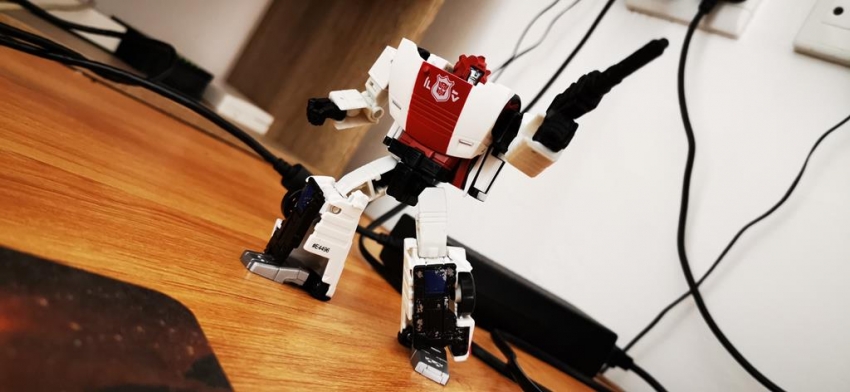
Where to fit your smoke alarmsĪt a minimum, you should fit an alarm in every bedroom and hallway. Make sure a wired-in alarm has a backup battery installed so it’ll work in a power cut. You’ll need the services of an electrician. This is a great idea, but installation is more involved (and costly) than for battery models as you need to run wiring to each location. Some smoke alarms can be hard-wired into your home. If they don’t last the advertised 10 years, take them back to where you bought them and demand a refund or replacement. We recommend keeping receipts (it’s a good idea to take a photo) and note when your alarms were installed. We’ve had reports from members of some long-life sealed models failing sooner than expected. The chirps are another reason why smoke alarms get taken down, or batteries get removed and not replaced. These always occur in the middle of the night when it’s colder. A 9-volt battery will last for about a year before it’ll need replacing.Ī smoke alarm with a battery running down results in annoying “2am chirps”. That might be tempting, but we advise against it. The majority of smoke alarms now come with a built-in, sealed, long-life lithium battery, good for 10 years’ use.Īlarms with 9-volt batteries could save you money up front (you’ll find models for about $10). You can identify one by the radiation symbol somewhere on the plastic body. Ionisation alarms require a tiny amount of radioactive material to make them work. If your home still has ionisation alarms, supplement (or replace) them with our recommended photoelectric models. We’ve also removed these alarms from our results.


Since we reported that the ionisation smoke alarms we tested were much slower at responding to smouldering fires, ionisation models have been removed from sale in New Zealand. Our Product test manager Paul Smith sat down with RNZ's Simon Morton to discuss our findings on smoke alarms. Our test found that photoelectric alarms were good at detecting both flaming and smouldering fires. Smoke from a flaming waste paper bin or cooking oil fire is different from that produced by the cooler smouldering of upholstery foam, bedding or the plastic bits of electrical equipment. Fire and Emergency New Zealand also recommends photoelectric alarms, and the Residential Tenancy Act requires landlords to replace expired smoke alarms with long-life battery photoelectric smoke alarms. We recommend you choose photoelectric alarms.


 0 kommentar(er)
0 kommentar(er)
